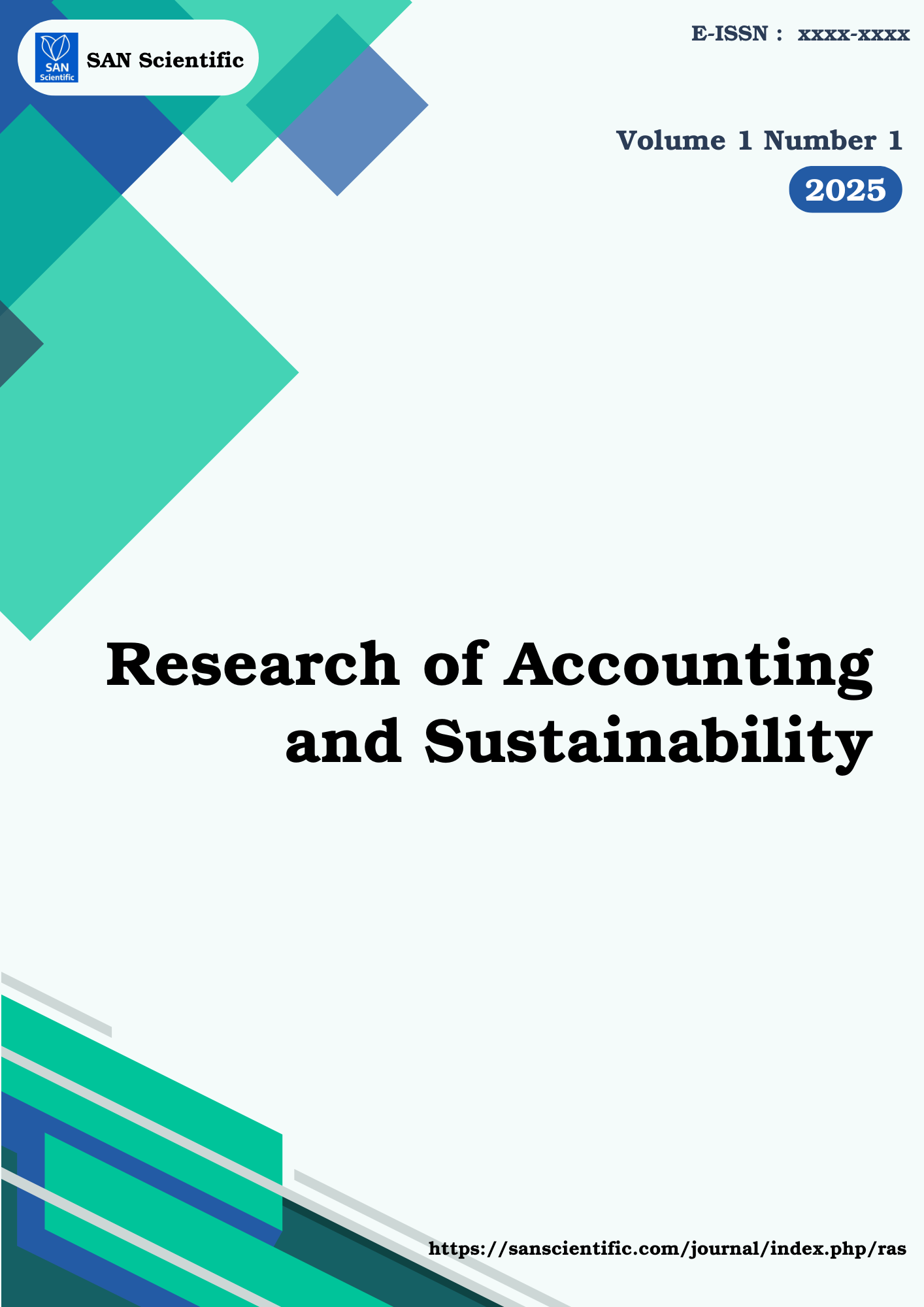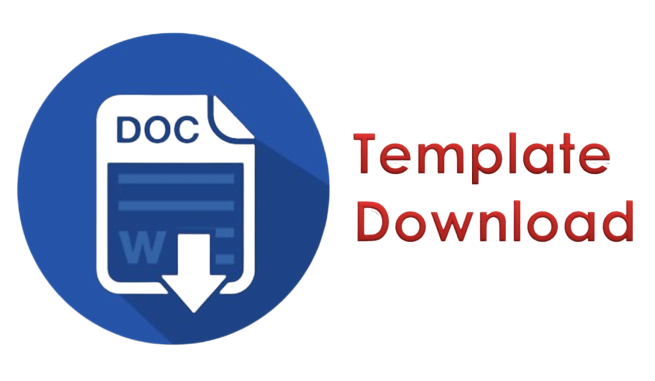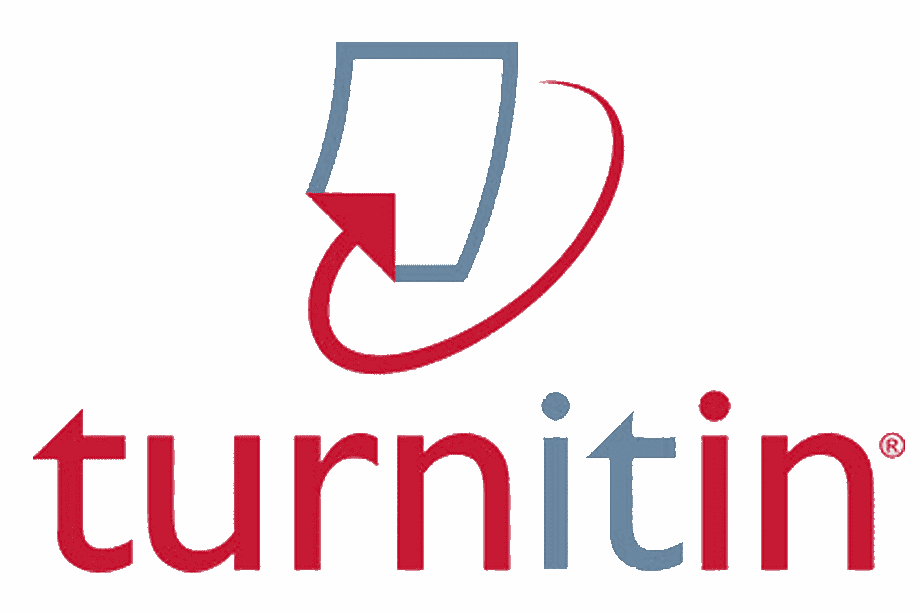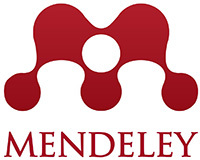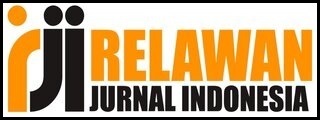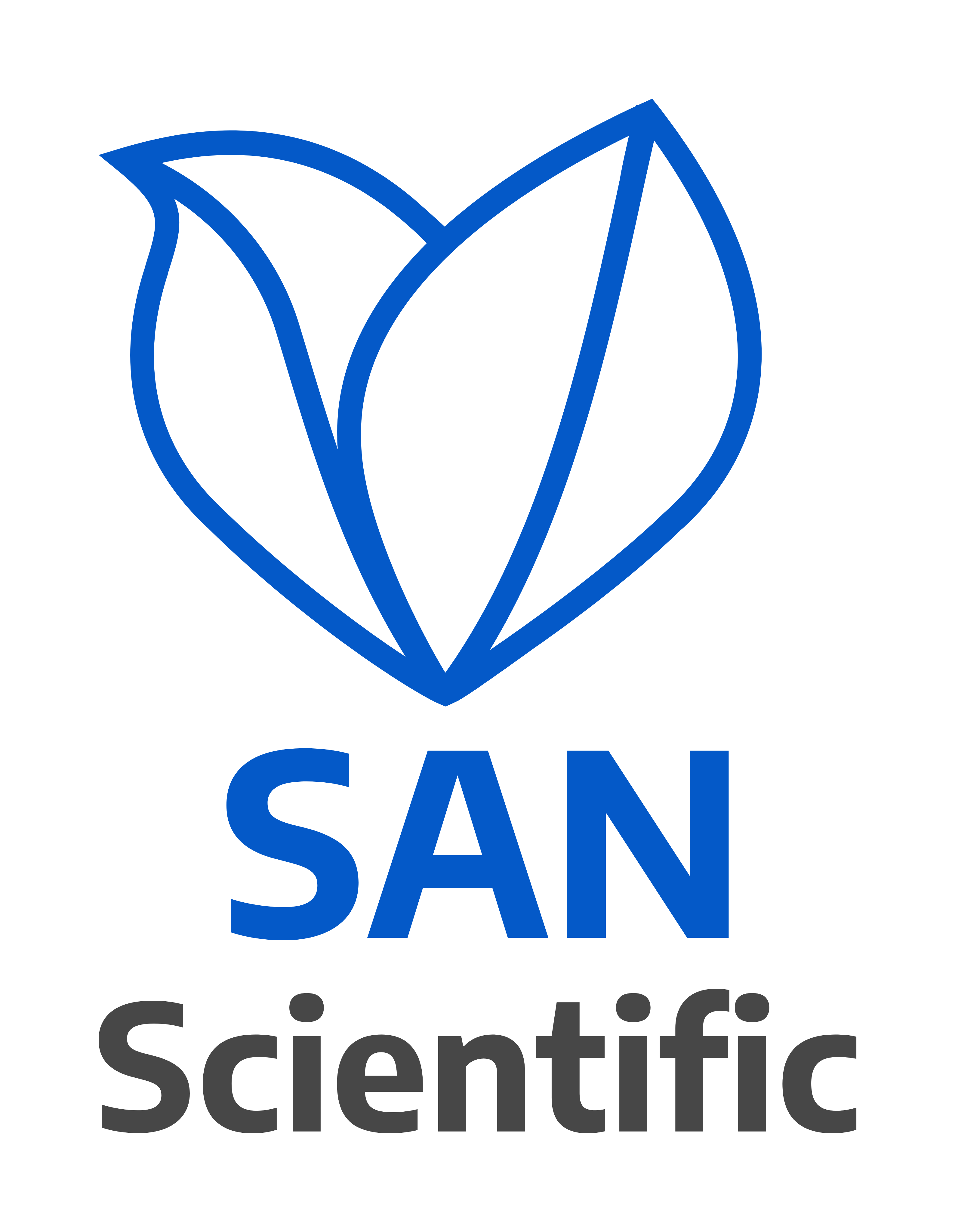Linking Quality, Measurement, and Rewards to Superior Managerial Performance
DOI:
https://doi.org/10.58777/ras.v1i1.512Keywords:
Total Quality Management (TQM), Performance Measurement Systems, Reward Systems and Managerial PerformanceAbstract
The objective of this study was to investigate the impact of Total Quality Management (TQM), Performance Measurement Systems, and Reward Systems on Managerial Performance. The research employed a purposive sampling technique, targeting managers, assistant managers, and staff employees as participants. Primary data were collected through questionnaires distributed directly to 86 respondents. The analysis methods included testing the quality of the data (validity and reliability), as well as classical assumption tests (normality, autocorrelation, heteroscedasticity, and multicollinearity). Additionally, partial t-tests and simultaneous f-tests were used to evaluate the hypotheses. The study's findings reveal that TQM has a positive and significant influence on managerial performance, as does the performance measurement system. Additionally, the reward system also has a positive and significant effect on managerial performance. Collectively, TQM, the Performance Measurement System, and the Reward System exert a positive and significant impact on managerial performance. Managerial Implications: Companies need to implement TQM, performance measurement systems, and reward systems cohesively. This integrated approach will foster continuous improvement, motivate employees, and enhance both managerial performance and organizational competitiveness.
References
Anthony, G. (2011). Management control system. Jakarta: Salemba Empat.
Bangun, W. (2012). Manajemen sumber daya manusia. Jakarta: Erlangga.
Deci, E. L., Koestner, R., & Ryan, R. M. (1999). A meta-analytic review of experiments examining the effects of extrinsic rewards on intrinsic motivation. Psychological Bulletin, 125(6), 627–668.
Demirbag, M., Tatoglu, E., Tekinkus, M., & Zaim, S. (2006). An analysis of the relationship between TQM implementation and organizational performance. Journal of Manufacturing Technology Management, 17(6), 829–847. https://doi.org/10.1108/17410380610678828
Franco-Santos, M., Lucianetti, L., & Bourne, M. (2012). Contemporary performance measurement systems: A review of their consequences and a framework for research. Management Accounting Research, 23(2), 79–119. https://doi.org/10.1016/j.mar.2012.04.001
Gasperz, V. (2011). Total quality management. Jakarta: Gramedia Pustaka Umum.
Gasperz, V. (2012). Sistem perencanaan dan pengendalian manajemen. Jakarta: Salemba Empat.
Gasperz, V. (2015). Aplikasi analisis multivariate dengan program SPSS. Semarang: BP Universitas Diponegoro.
Gerhart, B., & Fang, M. (2014). Pay for (individual) performance: Issues, claims, evidence, and the role of sorting effects. Human Resource Management Review, 24(1), 41–52. https://doi.org/10.1016/j.hrmr.2013.08.010
Ghozali, I. (2011). Aplikasi analisis multivariate dengan program SPSS. Semarang: Badan Penerbit Universitas Diponegoro.
Hansen, D. R., & Mowen, M. M. (2012). Akuntansi manajemen (Vol. 1, 8th ed.). Jakarta: Salemba Empat.
Horngren, C. T., & Datar, M. S. (2012). Akuntansi biaya: Penekanan manajerial (11th ed.). Jakarta: Salemba Empat.
Indriantoro, N., & Supomo, B. (2012). Metodologi penelitian bisnis (1st ed.). Yogyakarta: BPFE.
Ittner, C. D., & Larcker, D. F. (1998). Innovations in performance measurement: Trends and research implications. Journal of Management Accounting Research, 10, 205–238.
Ittner, C. D., Larcker, D. F., & Meyer, M. W. (2003). Subjectivity and the weighting of performance measures: Evidence from a balanced scorecard. The Accounting Review, 78(3), 725–758. https://doi.org/10.2308/accr.2003.78.3.725
Jenkins, G. D., Mitra, A., Gupta, N., & Shaw, J. D. (1998). Are financial incentives related to performance? A meta-analytic review of empirical research. Journal of Applied Psychology, 83(5), 777–787. https://doi.org/10.1037/0021-9010.83.5.777
Kamus Besar Bahasa Indonesia. (1996). Kamus besar bahasa Indonesia (2nd ed.). Jakarta: Balai Pustaka.
Kaplan, R. S., & Norton, D. P. (1996). The balanced scorecard: Translating strategy into action. Harvard Business Press.
Kaplan, R. S., & Norton, D. P. (2001). Transforming the balanced scorecard from performance measurement to strategic management: Part I. Accounting Horizons, 15(1), 87–104. https://doi.org/10.2308/acch.2001.15.1.87
Kaynak, H. (2003). The relationship between total quality management practices and their effects on firm performance. Journal of Operations Management, 21(4), 405–435. https://doi.org/10.1016/S0272-6963(03)00004-4
Kaynak, H., & Hartley, J. L. (2008). A replication and extension of quality management into the supply chain. Journal of Operations Management, 26(4), 468–489. https://doi.org/10.1016/j.jom.2007.06.002
Kuvaas, B., Buch, R., Weibel, A., Dysvik, A., & Nerstad, C. G. (2017). Do intrinsic and extrinsic motivation relate differently to employee outcomes? Journal of Economic Psychology, 61, 244–258. https://doi.org/10.1016/j.joep.2017.05.004
Lazear, E. P., & Oyer, P. (2013). Personnel economics. In R. Gibbons & J. Roberts (Eds.), The handbook of organizational economics (pp. 479–519). Princeton University Press.
Mahoney, T. A., Jerdee, T. H., & Carroll, S. J. (1963). Development of managerial performance: A research approach. Southwestern Journal of Business and Economics, 1(1), 1–20.
Mulyadi, & Setyawan, J. (2015). Sistem perencanaan dan pengendalian manajemen (2nd ed.). Yogyakarta: Aditya Media.
Mulyadi. (2011). Akuntansi manajemen: Konsep, manfaat, dan rekayasa (3rd ed.). Jakarta: Salemba Empat.
Munawaroh, M., & Simon, Z. Z. (2023). The Influence of Store Atmosphere, Service Quality, Product Quality, and Price on Customer Satisfaction. Research of Business and Management, 1(1), 35–44. https://doi.org/10.58777/rbm.v1i1.21
Musa & Salleh. (2005). Standar kualitas perspektif Islam (1st ed.). Jakarta: Balai Pustaka.
Nair, A. (2006). Meta-analysis of the relationship between quality management practices and firm performance Implications for quality management theory development. Journal of Operations Management, 24(6), 948–975. https://doi.org/10.1016/j.jom.2005.11.005
Nasution, M. N. (2014). Manajemen mutu terpadu. Jakarta: Ghalia Indonesia.
Neely, A., Gregory, M., & Platts, K. (1995). Performance measurement system design: A literature review and research agenda. International Journal of Operations & Production Management, 15(4), 80–116. https://doi.org/10.1108/01443579510083622
Oakland, J. S. (2014). Total quality management and operational excellence: Text with cases. Routledge.
Porter, M. E. (2020). Competitive advantage: Creating and sustaining superior performance. Free Press.
Powell, T. C. (1995). Total quality management as competitive advantage: A review and empirical study. Strategic Management Journal, 16(1), 15–37. https://doi.org/10.1002/smj.4250160105
Prahalad, C. K., & Ramaswamy, V. (2004). The future of competition: Co-creating unique value with customers. Harvard Business Press.
Pratamtomo, G. B., Kasbuntoro, K., & Prabantoro, G. (2024). Boosting Employee Performance: The Impact of Career Development and Competitive Compensation. Research of Business and Management, 2(2), 88–96. https://doi.org/10.58777/rbm.v2i2.264
Ramadhina, A., & Muslikh. (2025). How Product Quality and Price Drive Repurchase Decisions: The Mediating Role of Consumer Satisfaction. Research of Business and Management, 3(1), 51–60. https://doi.org/10.58777/rbm.v3i1.286
Sadikoglu, E., & Olcay, H. (2014). The effects of total quality management practices on performance and the reasons for and the barriers to TQM practices in Turkey. Advances in Decision Sciences, 2014, 1–17. https://doi.org/10.1155/2014/537605
Salsabila, S. A., & Simon, Z. Z. (2025). Do Earnings, Debt Decisions, Dividends Policy, and Size Affect Firm Value? Evidence from the Property and Real Estate Sector. Research of Finance and Banking, 3(1), 1–12. https://doi.org/10.58777/rfb.v3i1.271
Samson, D., & Terziovski, M. (1999). The relationship between total quality management practices and operational performance. Journal of Operations Management, 17(4), 393–409. https://doi.org/10.1016/S0272-6963(98)00046-1
Santosa, P. W., & Laksana, H. Y. (2011). Value at Risk , Market Risk and Trading Activity: CAPM Alternative Model. Journal of Applied Finance & Banking, 1(4), 239–268.
Simamora, H. (2012). Manajemen sumber daya manusia. Yogyakarta: STIE YKPN.
Savira, F. A., Zain, E., & Zhafiraah, N. R. (2024). The influence of compensation and work environment on employee performance with intervening of work motivation. Human Capital and Organizations, 1(2), 76–87. https://doi.org/10.58777/hco.v1i2.217
Sousa, R., & Voss, C. A. (2002). Quality management re-visited: A reflective review and agenda for future research. Journal of Operations Management, 20(1), 91–109. https://doi.org/10.1016/S0272-6963(01)00088-2
Syahputra, D. R., & Faruqi, F. (2024). How Motivation, Compensation, and the Work Environment Maximizing Employee Performance? Human Capital and Organizations, 2(1), 35–43. https://doi.org/10.58777/hco.v2i1.315
Tjiptono, F., & Diana, A. (2011). Total quality management (Rev. ed.). Yogyakarta: Andi.
Zhang, Z., Waszink, A., & Wijngaard, J. (2000). An instrument for measuring TQM implementation for Chinese manufacturing companies. International Journal of Quality & Reliability Management, 17(7), 730–755. https://doi.org/10.1108/02656710010315247
Downloads
Published
How to Cite
Issue
Section
Copyright (c) 2025 Siti Rahmawati, Zainal Zawir Simon

This work is licensed under a CC Attribution-ShareAlike 4.0
 Views: 2
|
Views: 2
|
 Downloaded: 2
Downloaded: 2

